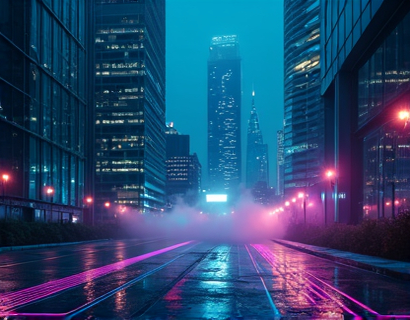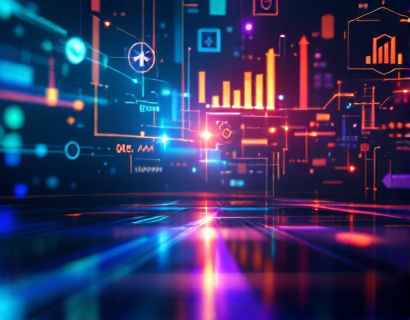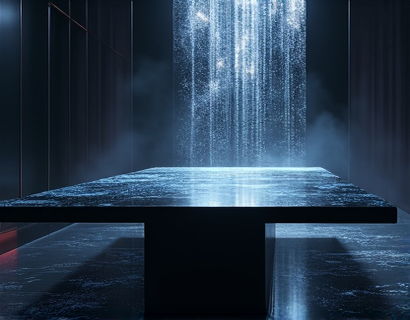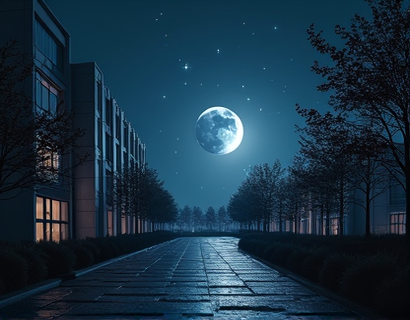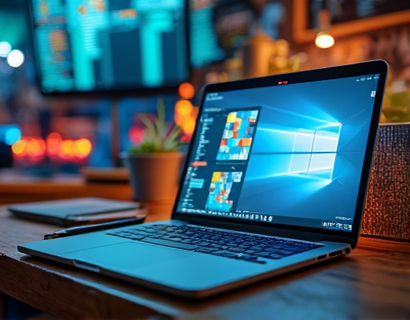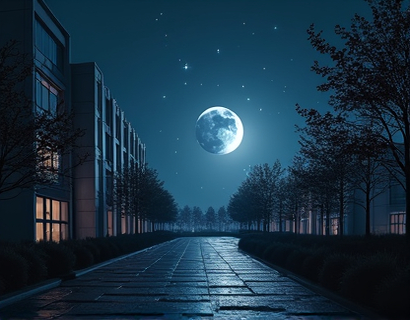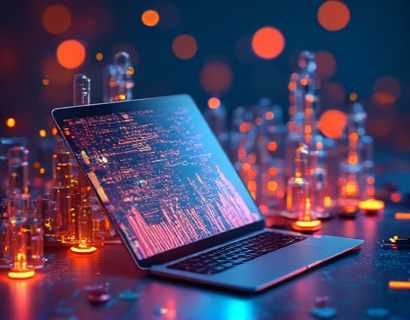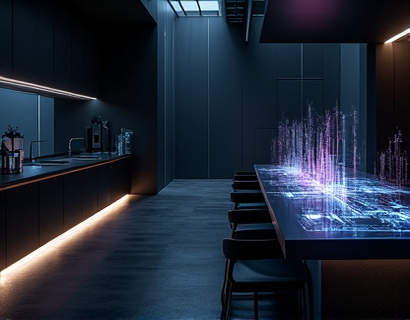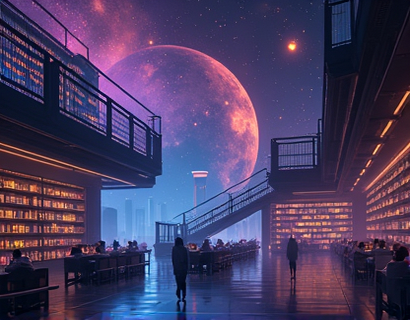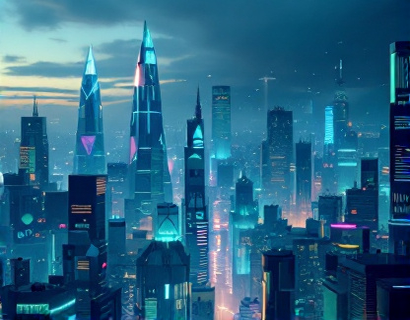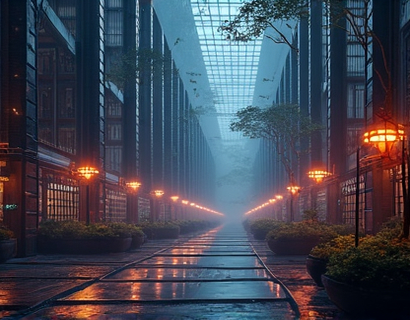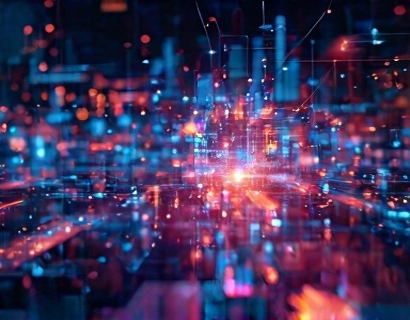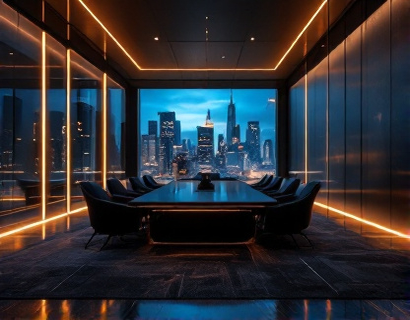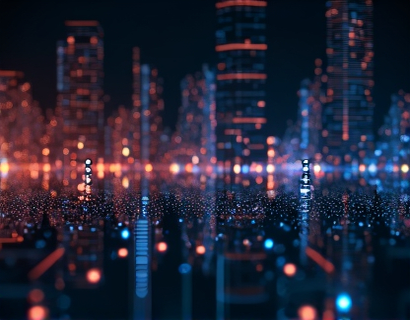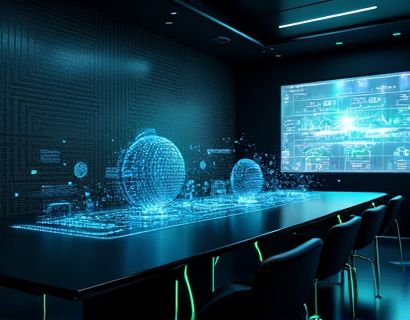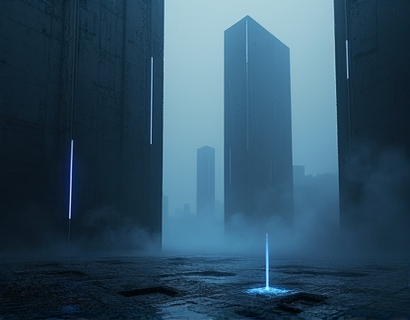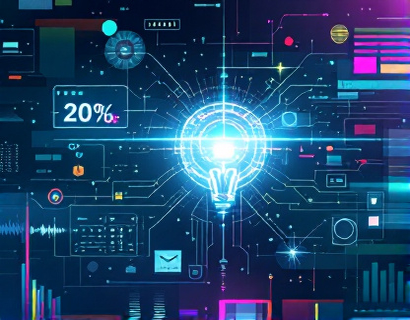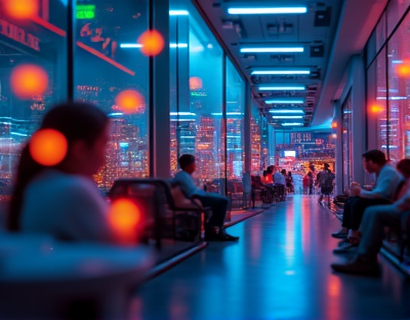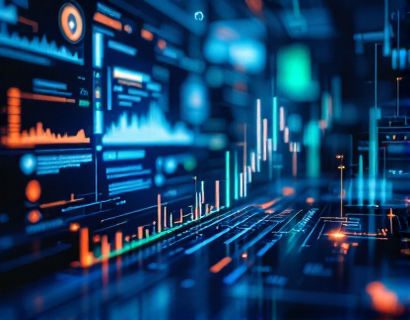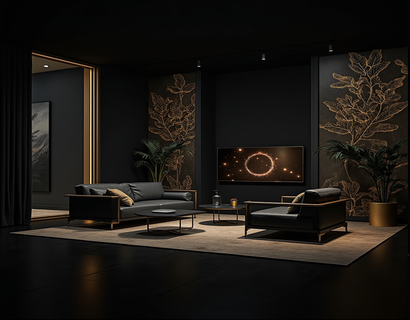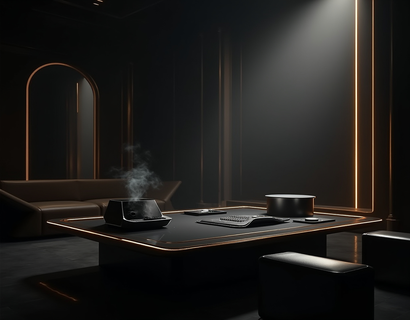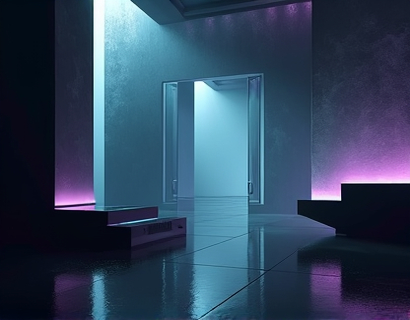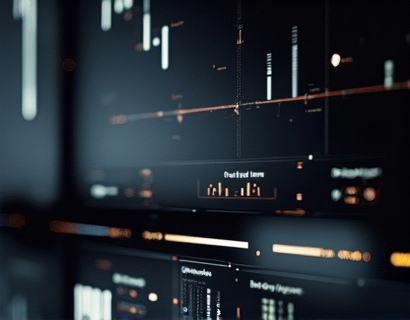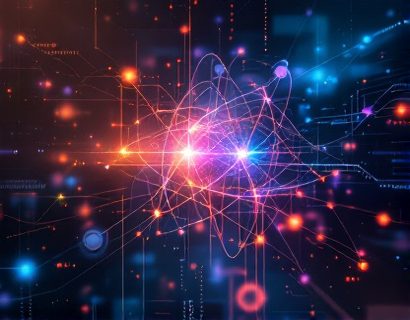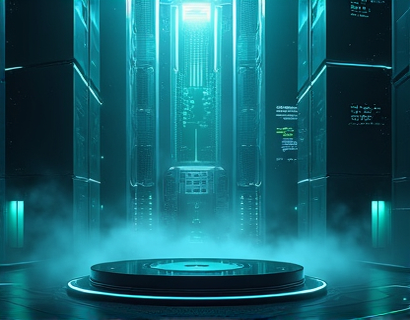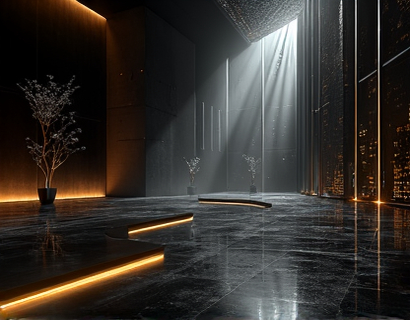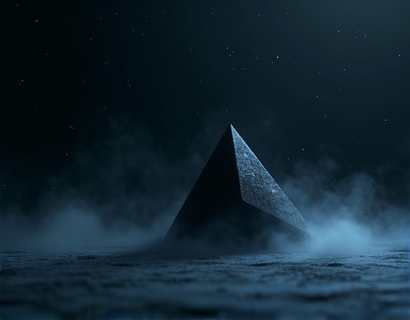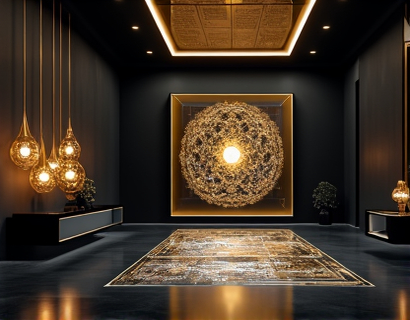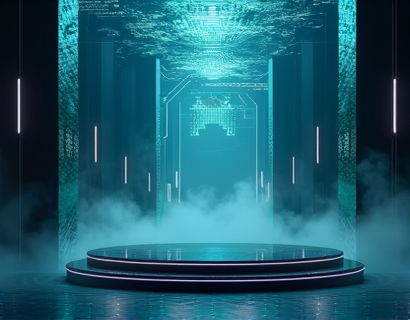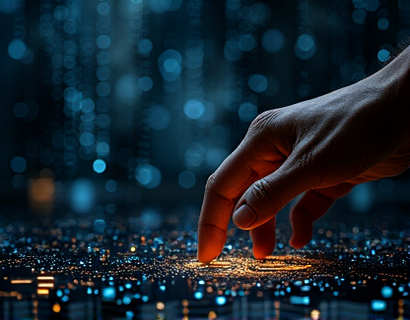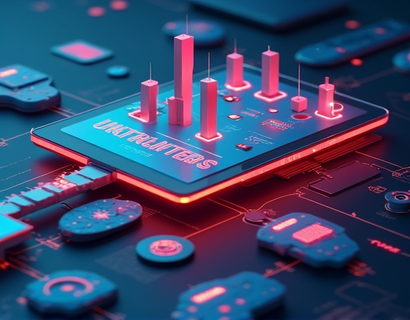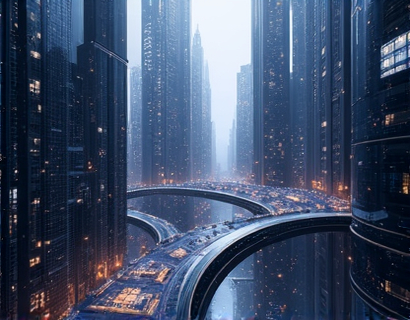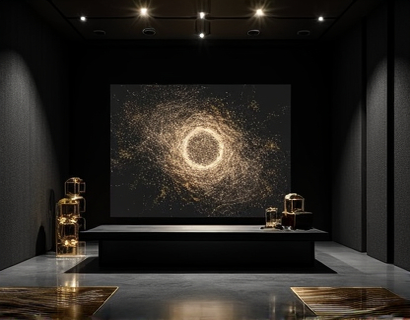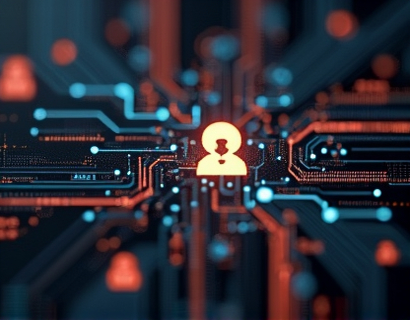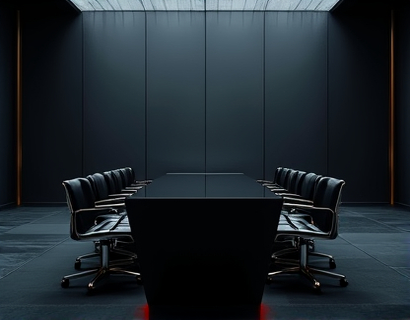Unlocking Creativity: Mastering Advanced Digital Creature Design
In the realm of digital art and design, the ability to create and customize unique creatures has become an essential skill for artists, game developers, and digital enthusiasts. The integration of advanced technology with comprehensive asset libraries has revolutionized the way creatives approach this task. This article delves into the intricacies of mastering digital creature design, focusing on the tools and platforms that empower users to transform their imaginative ideas into captivating realities.
The journey begins with understanding the core components of digital creature design. At its essence, creating a digital creature involves a blend of artistry, technical skill, and creativity. The process starts with conceptualization, where the designer envisions the creature's appearance, behavior, and role within a larger narrative or environment. This initial step is crucial as it sets the foundation for the entire design process.
One of the key challenges in digital creature design is the creation of diverse and detailed assets. Traditional methods often involve manually crafting each element, a time-consuming and labor-intensive process. However, with the advent of advanced digital tools and extensive asset libraries, designers can now access a wealth of pre-made components that can be customized and combined to create unique creatures. These asset libraries encompass a wide range of elements, including 3D models, textures, animations, and effects, providing a solid foundation for creative exploration.
Advanced digital platforms have emerged to streamline this process, offering intuitive interfaces and powerful features that simplify the design workflow. These platforms integrate cutting-edge technology such as AI-driven design tools, real-time rendering engines, and collaborative features that enhance the creative experience. For artists and game developers, these tools not only save time but also open up new possibilities for innovation and experimentation.
Let's explore some of the key features that make these platforms indispensable for digital creature design. First, the asset library is a treasure trove of high-quality, customizable elements. These libraries are curated by experts and often include a diverse range of creatures, from fantastical beings to realistic animals. Each asset is designed with flexibility in mind, allowing designers to adjust parameters such as size, color, and texture to fit their specific needs.
Another critical feature is the user-friendly interface. Modern design platforms prioritize usability, ensuring that even those with limited technical expertise can navigate the tools with ease. Drag-and-drop functionality, intuitive menus, and clear guidance through each step of the design process make these platforms accessible to a broad audience. This democratization of creative tools empowers a wider range of individuals to explore their artistic potential.
Real-time rendering is another game-changing feature. With real-time rendering, designers can see the immediate results of their changes, allowing for rapid iteration and refinement. This capability is particularly valuable when working with complex 3D models and animations, as it reduces the time between conceptualization and visualization. Real-time feedback helps maintain the integrity of the design and ensures that the final product meets the creator's vision.
Collaboration tools are also becoming increasingly important in the digital creative space. The ability to share work, receive feedback, and collaborate with others in real-time fosters a sense of community and accelerates the creative process. These platforms often include features such as version control, commenting systems, and integrated communication tools, making it easier for teams to work together seamlessly.
For those looking to enhance their digital creature design skills, it's essential to develop a strong foundation in both the technical and artistic aspects of the craft. Understanding 3D modeling software, texturing techniques, and animation principles is crucial. Additionally, familiarity with color theory, anatomy, and biology can greatly enrich the design process, resulting in more believable and engaging creatures.
To further elevate their skills, designers can explore advanced topics such as procedural generation and machine learning in art. Procedural generation allows for the automatic creation of detailed and varied assets, reducing the manual workload and enabling the production of vast amounts of unique content. Machine learning algorithms can assist in generating realistic textures and animations, pushing the boundaries of what's possible in digital design.
Moreover, the integration of virtual reality (VR) and augmented reality (AR) technologies is opening new frontiers in digital creature design. These immersive technologies provide designers with new ways to interact with and present their creations, offering a more engaging and interactive experience for users. VR and AR enable designers to place their creatures in realistic environments, test their behavior, and gather feedback in a more immersive context.
For artists and game developers, the community aspect of these platforms cannot be overstated. Joining a vibrant community of like-minded individuals provides opportunities for learning, inspiration, and collaboration. Forums, social media groups, and dedicated community spaces on the platforms allow designers to share their work, seek advice, and stay updated on the latest trends and techniques.
Engaging with the community also helps in building a portfolio and gaining recognition. By showcasing their creations and participating in challenges or contests, designers can attract attention from industry professionals, potential clients, and fellow creatives. This exposure can lead to new opportunities, collaborations, and career advancements.
In conclusion, mastering advanced digital creature design is a multifaceted journey that combines technical proficiency, artistic vision, and community engagement. By leveraging powerful tools and extensive asset libraries, designers can unlock their full creative potential and produce captivating digital creatures. Whether you're a seasoned professional or a hobbyist, the resources and support available through these platforms make it easier than ever to bring your imaginative ideas to life.



